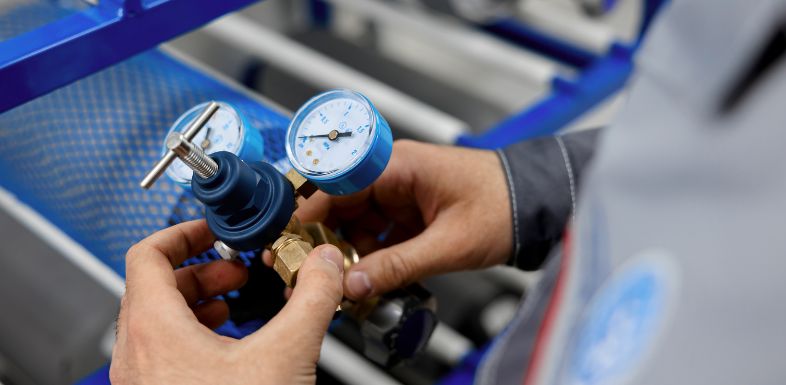Preventive Calibration: Detecting Instrument Issues Early

Optimize lab precision with calibration best practices. Streamline workflows, minimize errors, and enhance efficiency using calibration management tools.
Laboratory managers face mounting pressure to maintain accuracy while controlling costs. Equipment failures and measurement errors can derail projects, waste resources, and create compliance headaches. Preventive calibration offers a proactive solution that addresses these challenges before they become costly problems.
This strategic approach transforms how laboratories manage their instruments, moving from reactive fixes to planned maintenance. You’ll discover how implementing preventive calibration can detect instrument issues early.
Understanding Preventive Calibration
Preventive calibration involves scheduling regular instrument adjustments and verifications based on predetermined intervals rather than waiting for equipment to show signs of drift or failure. This systematic approach considers factors like instrument type, usage frequency, and environmental conditions to create customized maintenance schedules.
Unlike reactive calibration, which responds to problems after they occur, preventive calibration anticipates potential issues. Technicians perform routine checks, adjustments, and documentation at planned intervals, maintaining instruments within specified tolerances. This methodology creates predictable maintenance cycles that laboratories can budget for and schedule around their operational needs.
Significant Cost Savings Through Early Detection
Equipment failures create expensive ripple effects throughout laboratory operations. When instruments drift out of specification, laboratories may need to repeat entire test batches, discard samples, or halt production lines. These reactive responses often cost more than planned maintenance would have required.
Preventive calibration identifies problems during scheduled maintenance windows when corrections cost less and cause minimal disruption. Technicians can address minor adjustments before they escalate into major repairs or complete instrument replacements. This approach typically reduces total calibration costs compared to reactive maintenance strategies.
Enhanced Measurement Accuracy and Data Reliability
Consistent calibration schedules maintain instrument performance within tight tolerances, producing more reliable measurement data. When laboratories implement preventive programs, they experience fewer measurement anomalies and reduced data scatter in their results.
Regular maintenance prevents gradual drift that might otherwise go unnoticed until measurements fall outside acceptable ranges. Specialty gas calibration particularly benefits from this approach, as reference standards maintain their accuracy longer when instruments receive consistent attention. This consistency becomes especially critical for laboratories performing trace-level analyses or working with expensive samples.
Streamlined Regulatory Compliance
Regulatory bodies expect laboratories to demonstrate consistent instrument performance through documented calibration records. Preventive programs create comprehensive audit trails that satisfy compliance requirements while reducing the stress of regulatory inspections.
Scheduled calibrations generate predictable documentation cycles that align with regulatory reporting requirements. Quality managers can plan compliance activities around known calibration dates rather than scrambling to address unexpected equipment issues before audits. This organized approach demonstrates proactive quality management to regulators and accreditation bodies.
Creating an Effective Implementation Strategy
Successful preventive calibration programs start with comprehensive instrument inventories that categorize equipment by criticality, usage patterns, and manufacturer recommendations. Laboratories should establish calibration intervals based on historical performance data, environmental conditions, and measurement requirements rather than generic schedules.
Technology solutions can automate scheduling, send maintenance reminders, and track calibration histories across multiple instruments. Many laboratories find that specialized calibration management software pays for itself within the first year through improved scheduling efficiency and reduced missed calibrations.
Effective calibration management is a critical component of detecting instrument issues early. By implementing thoughtful calibration intervals supported by historical data and leveraging modern technology solutions, laboratories can streamline their workflows and ensure compliance with quality standards. The integration of calibration management software improves organizational efficiency and also minimizes costly errors and missed calibrations. By prioritizing calibration best practices, laboratories can optimize their operations and maintain the highest levels of precision and trust in their measurements.
